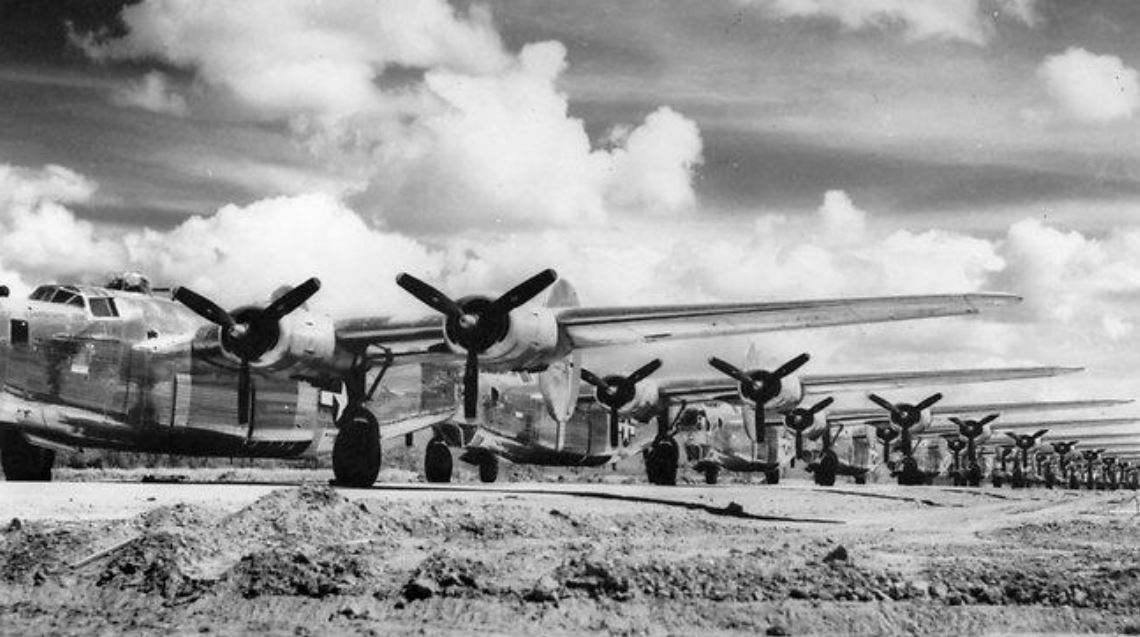
Anzac Day 2025: Wartime Roots of Mater Hospital Townsville
In 1939, Townsville was a sleepy, country town of 30,000 people.
Within three years, it became a key frontline hub and strategic base for more than 80,000 American and Australian troops during during World War Two.
After the bombing of Pearl Harbour in Hawaii, the war moved closer to Australian shores. Townsville itself was bombed three times in 1942 – in the harbour, at the airfield, and through parts of the suburbs of South Townsville and Oonoonba.
The town took on a war-torn appearance, with air-raids, bomb shelters, searchlights, curfews and blackouts. Many civilians moved south or inland.
Living conditions were poor and supplies were scarce. Hospitals were overwhelmed by personnel wounded in combat or affected by tropical diseases.
Townsville General Hospital had just 70 beds, so the United States Army commandeered the whole of Chapman Street in Mysterton, joining together 20 houses on each side to create a 480-bed hospital.
The Commonwealth appointed Dr Les Halberstater as Townsville’s Government Health Officer, tasked with setting up a network of hospitals and casualty centres to treat allied servicemen.
At the time, Townsville had three private hospitals, one of which was the Lister Hospital in West End, owned by Dr Halberstater.
The Sisters of Mercy, scattered after giving up their buildings to the defence forces, knew this was a time of unmet need. They purchased the Lister Hospital on 16 March 1945, as the Pacific War was reaching a critical stage.
The Sisters were full of resolve: Mother Dominic Bourke and Sr Claver Goggin arrived from Winton and joined Sr Basil Murphy in running the 29-bed hospital. A number of Sisters trained as nurses and midwives at Mater South Brisbane and Mater Mackay.
Mater Townsville was registered as a nurse training school, and Sr Bonaventure Heffernan at St Patrick’s College sewed the uniforms.
The Sisters’ venture appeared grand in the large Queenslander, but they faced great hardships – which they met with determined and joyous spirit.
Monsoon rains flooded down the side of Castle Hill, while a nearby quarry blasted routinely and showered their building with rocks. An old coke stove had to be stoked every six hours, the laundry boiler was lit at 1am and breakfast preparations began at 3am.
Supply shortages meant that bottles had to be used as bedpans, and food was grown in vegetable gardens on site – or donated by supporters.
From its wartime foundations, and with the constant support of Dr Halberstater and the “Mater Doctors”, Mater Townsville quickly grew into a very busy hospital, caring for civilians as well as servicemen. The Sisters were kept busy with several epidemics, including diphtheria, tuberculosis, infantile paralysis and poliomyelitis. Pressure mounted for a larger, more modern facility.
The post-war years provided a solution. A large property – Currajong – in Fulham Rd, Pimlico, had been used by the RAAF to treat evacuees from the 1942 Battle of Milne Bay in New Guinea.
It was then bought by the Redemptorist Fathers to use as a monastery, before being transferred to the Sisters of Mercy.
In 1962, after a community-led fundraising campaign, Mater moved into Currajong, where this year Mater will celebrate its 80th year of providing compassionate care for the people of North Queensland.
https://www.mater.org.au/group/news/mater-news/april-2025/anzac-day-2025-the-wartime-foundations-of-mater-pr

